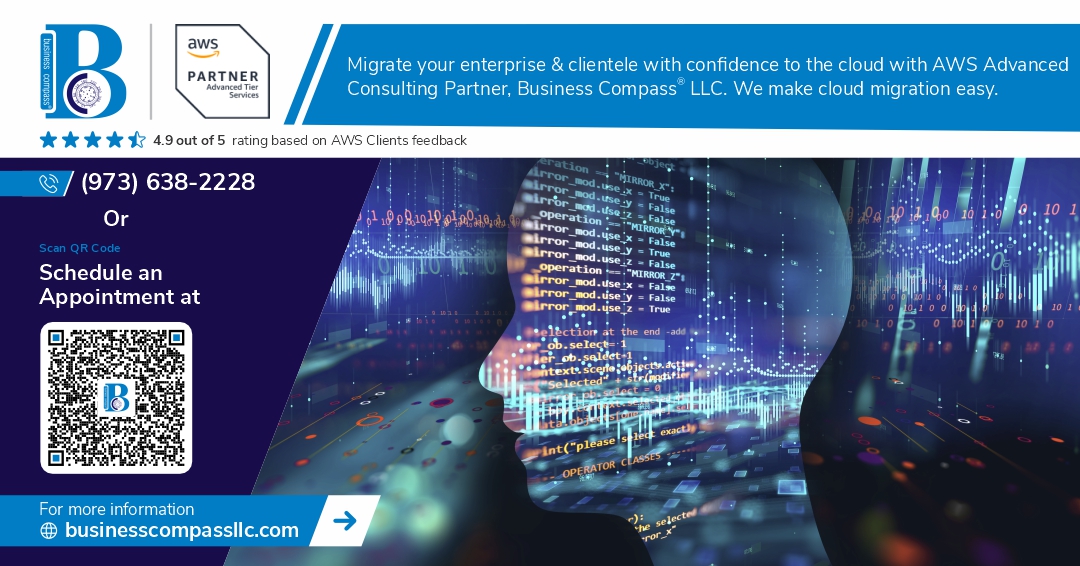Selecting the Right Technologies for Implementing RAG with Amazon Bedrock
Introduction to RAG (Retrieval-Augmented Generation)
Retrieval-Augmented Generation (RAG) is an innovative approach in natural language processing (NLP) that combines the strengths of retrieval-based and generation-based models. Traditional generation models, like GPT-3, create text based solely on the input they receive. However, this can lead to inaccuracies, especially when the model needs more specific knowledge. RAG enhances this by retrieving relevant documents or data from an external source and incorporating this information into the generated output. This improves accuracy and allows for more contextually relevant and informative content.
RAG has been particularly effective in scenarios where real-time, up-to-date information is critical, such as customer support, knowledge management, and content creation. By leveraging retrieval and generation capabilities, RAG can dynamically pull in the most relevant data to generate coherent and factually accurate responses.
Utilizing Amazon Bedrock for RAG Implementation
Amazon Bedrock, a fully managed service under Amazon Web Services (AWS), is designed to simplify the development of generative AI applications. It provides developers access to pre-trained foundation models optimized for text generation, question answering, and document retrieval, making Bedrock an ideal platform for implementing RAG.
With Amazon Bedrock, you can easily integrate retrieval-augmented generation into your applications by leveraging its powerful APIs and scalable infrastructure. The service allows you to fine-tune models on domain-specific data, ensuring that the generated content aligns with your business requirements. Moreover, Bedrock’s seamless integration with other AWS services, such as Amazon S3 for storage and Amazon Kendra for intelligent search, enables a robust and efficient RAG implementation.
Technical Selection Criteria for RAG Implementation
When choosing technologies for implementing RAG with Amazon Bedrock, several critical factors must be considered:
Model Compatibility: Ensure that the pre-trained models available in Bedrock are compatible with your use case. For instance, if your application requires understanding domain-specific jargon, selecting a model that can be fine-tuned on your data is essential.
Scalability: Consider the scalability of your RAG implementation. Amazon Bedrock’s infrastructure is designed to handle large-scale deployments, but you should assess how well it can scale with increasing data retrieval demands and growing user queries.
Latency: RAG systems must retrieve and generate content in real time, so low latency is crucial. Evaluate Bedrock’s APIs' performance and ensure they meet your application’s response time requirements.
Integration with Existing Systems: Your chosen technology stack should integrate seamlessly with your current infrastructure. Bedrock’s compatibility with AWS services like Lambda, API Gateway, and DynamoDB can facilitate smooth integration.
Cost Efficiency: While Amazon Bedrock offers a powerful platform, cost considerations are paramount. Evaluate the pricing structure based on your anticipated usage and ensure it aligns with your budget constraints.
Practical Application and Limitations
Implementing RAG using Amazon Bedrock can transform various business applications. For example, a customer support chatbot can leverage RAG to pull in the latest product information or troubleshooting guides, ensuring accurate and up-to-date responses. Similarly, content creators can use RAG to generate articles incorporating the newest research or news, enhancing the relevance and authority of the content.
However, there are limitations to consider. RAG implementations can be complex, requiring significant upfront investment in model fine-tuning and infrastructure setup. Additionally, the effectiveness of RAG largely depends on the quality and relevance of the retrieved data. Poorly curated data sources can lead to inaccurate or misleading content generation.
Conclusion: Guiding Principles for Technology Selection
When selecting technologies for implementing RAG with Amazon Bedrock, consider the following guiding principles:
Alignment with Business Goals: Ensure that the chosen technologies and models align with your business objectives and the specific needs of your application.
Flexibility and Scalability: Opt for a solution that offers flexibility in model tuning and scalability to handle varying loads and evolving business requirements.
Integration and Compatibility: Prioritize technologies that integrate seamlessly with your existing systems and infrastructure.
Cost-Effectiveness: Balance the capabilities of the technology with its cost to ensure a sustainable implementation.
By carefully considering these factors, you can leverage Amazon Bedrock to build a robust and efficient RAG system that meets your business needs.
References
Amazon Bedrock Knowledge Bases
Build an end-to-end RAG solution using Knowledge Bases for Amazon Bedrock and the AWS CDK.
Comments
Post a Comment